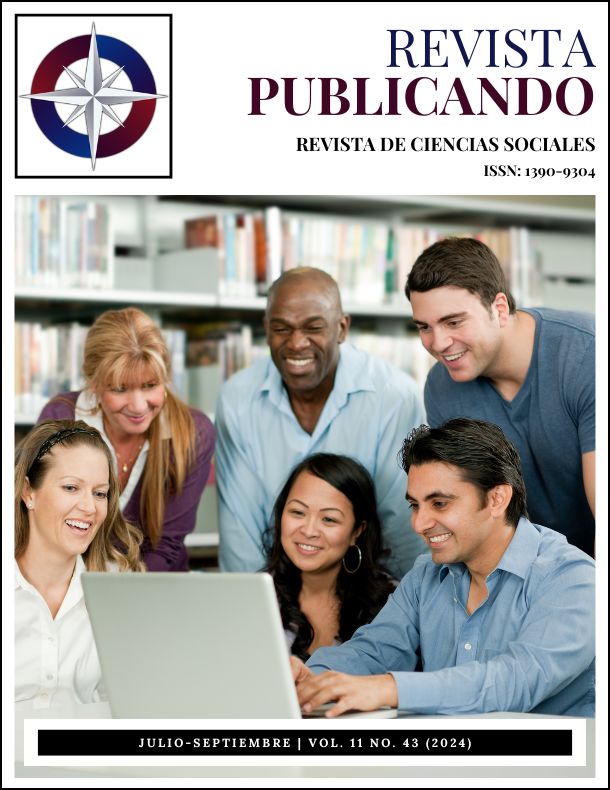Resumen
Las prácticas de traducción podrían caracterizarse por algunos caminos llenos de baches, tramos desafiantes, incluso obstáculos insuperables, independientemente de la combinación lingüística con la que se trabaje. Los conceptos metafóricos, una vez que se encuentran en los textos que se traducen, sólo pueden contribuir a la complejidad de todo el proceso. Ser cauteloso con la transmisión de los mensajes pretendidos, ocultos tras un lenguaje abstracto, evitar los calcos, integrar las connotaciones ligadas a la cultura y, sobre todo, encontrar las contrapartidas adecuadas en la lengua o lenguas de llegada son pautas habituales a lo largo del camino. Este artículo pretende comparar y contrastar las prácticas de traducción de los estudiantes de EFL con las de los motores asistidos por IA a la hora de traducir al lituano pasajes ingleses rebosantes de lenguaje idiomático. La decisión de elegir a estudiantes en lugar de a profesionales de la lengua experimentados se basa en obtener una visión de los conocimientos de los estudiantes sobre el lenguaje metafórico y poder, en etapas posteriores, introducirlos, como futuros profesores de idiomas y traductores, en las prácticas y el potencial de la traducción automática.Se discuten los puntos fuertes y débiles que caracterizan a ambas partes, junto con algunas implicaciones relativas al uso de la IA en contextos pedagógicos.
Referencias
Anglonas (n.d.). [Translation of the selected metaphorical expressions]. Retrieved May 27, 2024, from https://apps.apple.com/us/app/anglonas-the-english-lithuanian-dictionary/id381153256
Argondizzo, P. (2022). DeepL vs Google Translate vs Microsoft Translator Review: Which is Best? Argo Translation. https://www.argotrans.com/blog/deepl-vs-google-translate-vs-microsoft-translator-reviewwhich-is-best
Bahri, H., & Mahadi, T. (2016). Google Translate as a Supplementary Tool for Learning for Learning Malay: A Case Study at University Sains Malaysia. Advances in Language and Literary Studies, 7(3), 161-167. Doi:10.7575/aiac.alls.v.7n.3p.161
Briggs, Neil. (2018). Neural Machine Translation Tools in the Language Learning Classroom: Students` Use, Perceptions, and Analyses. Jalt call journal, 14(1), 3–24.
Brown, P. & Levinson, S. (1987). Politeness – Some Universals in Language Usage. Cambridge University Press.
Bullock, B. (Ed.) (2012). Linguistic Code-Switching. Cambridge University Press.
Calvo-Ferrer, J. R. (2023). Can you tell the difference? A study of human vs machine-translated subtitles. Perspectives, 1–18. https://doi.org/10.1080/0907676X.2023.2268149
Clifford, J., Merschel, L., & Reisinger, D. (2013). Meeting the Challenges of Machine Translation. The Language Educator, 8, 44–47.
Crystal, D. (2009). English as a Global Language. Cambridge University Press.
DeepL. (n.d.). [Translation of the selected metaphorical expressions]. Retrieved May 27, 2024, from https://www.deepl.com/en/translator
Donaldson R. & Haggstrom M. (2009). Changing Language Education Through CALL. Routledge.
Ebbert-Hübner, C. & Maas, C. (2017). Can Translation Improve EFL Students’ Grammatical Accuracy? International Journal of English Language & Translation Studies, 5(4), 191–202.
Fiederer, R. & O’Brien, S. (2009). Quality and Machine Translation: A realistic objective? The Journal of Specialized Translation, 11, 52-74. https://jostrans.org/issue11/art_fiederer_obrien.php
Gass, S. & Selinker, L. (Eds.) (1993). Language Transfer in Language Learning. John Benjamins Publishing.
Hutchins, W.J. (1995). Machine Translation – a brief history. In E.F.K. Koerner & R.E. Asher (Eds.), Concise History of the Language Sciences: from the Sumerians to the Cognitivists (pp. 431-445). Pergamon Press.
Koehn, P. (2010). Statistical Machine Translation. Cambridge University Press.
Koehn, P. (2020). Neural Machine Translation. Cambridge University Press.
Lakoff, G. & Johnson, M. (2003). Metaphors We Live by. University of Chicago Press.
Moorkens, J. (2022). Ethics and machine translation. In D. Kenny (ed.), Machine Translation for Everyone: Empowering users in the age of artificial intelligence, Translation and Multilingual Natural Language Processing (121–140). Language Science Press.
Muftah, M. (2022). Machine VS Human Translation: A New Reality or a Threat to Professional Arabic-English Translators. PSU Research Review. https://doi.org/10.1108/PRP-02-2022-0024
Okpor, M.D. (2014). Machine Translation Approaches: Issues and Challenges. IJCSI International Journal of Computer Science Issues, 11(5), 159-165.
Precup-Stiegelbauer, L. (2013). Automatic translations versus human translations in nowadays world. Procedia – Social and Behavioral Sciences, 70, 1768-1777.
Quah, C.K. (2006). Translation and Technology. Palgrave.
Santos, D. (1990). Lexical Gaps and Idioms in Machine Translation. ACL Anthology. https://aclanthology.org/C90-2057/
Vaezian, H. & Pakdaman, A. (2018). A Comparative Study of the Quality of Persian Translations by Google Translate and SDL Free Translation. Translation Studies, 15(60), 61-78.
Vieira, L.N. (2020). Machine Translation in the News: A framing analysis of the written press. Translation Spaces, 9(1), 98–122.
White, K. & Heidrich, E. (2013). Our policies, their text: German language students’ strategies with and beliefs about web-based machine translation. Die Unterrichtpraxis 46(2), 230-250.
Wong, T.S. & Lee, J. (2016). Corpus-based Learning of Cantonese for Mandarin Speakers. ReCALL, 28(2), 187-206

Esta obra está bajo una licencia internacional Creative Commons Atribución-NoComercial-CompartirIgual 4.0.
Derechos de autor 2024 Marijana Prodanovic, Asta Pukienė, Ieva Brazauskaitė-Zubavičienė




